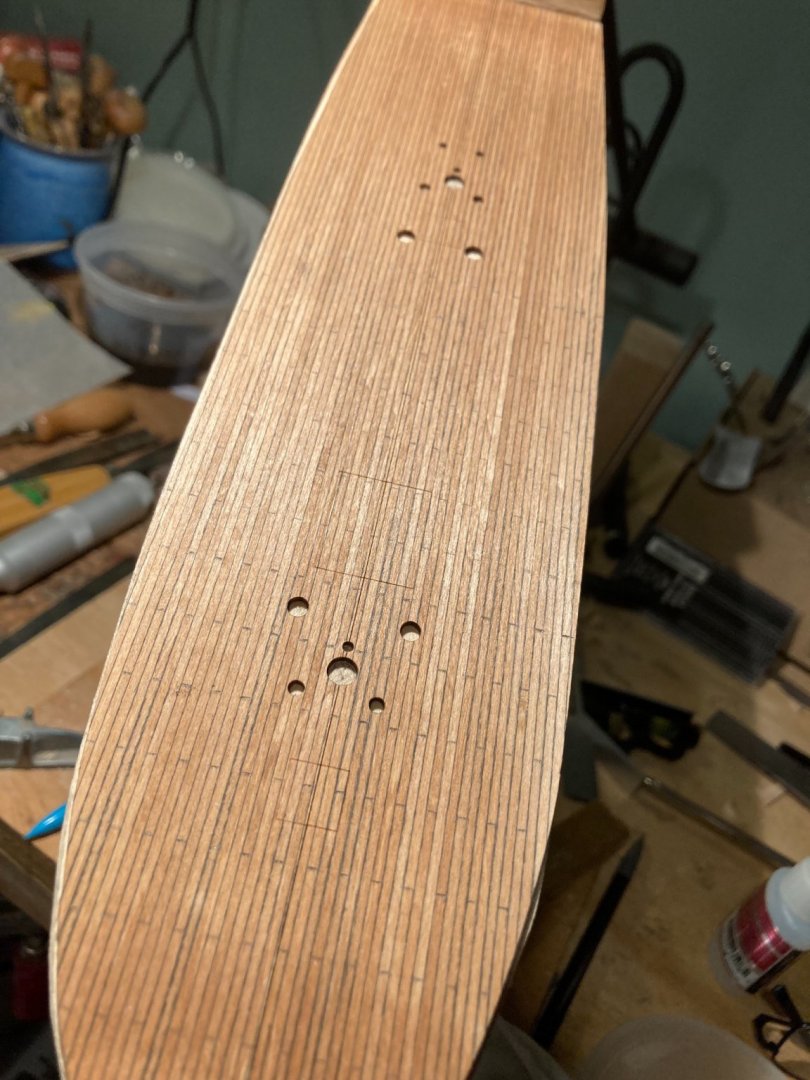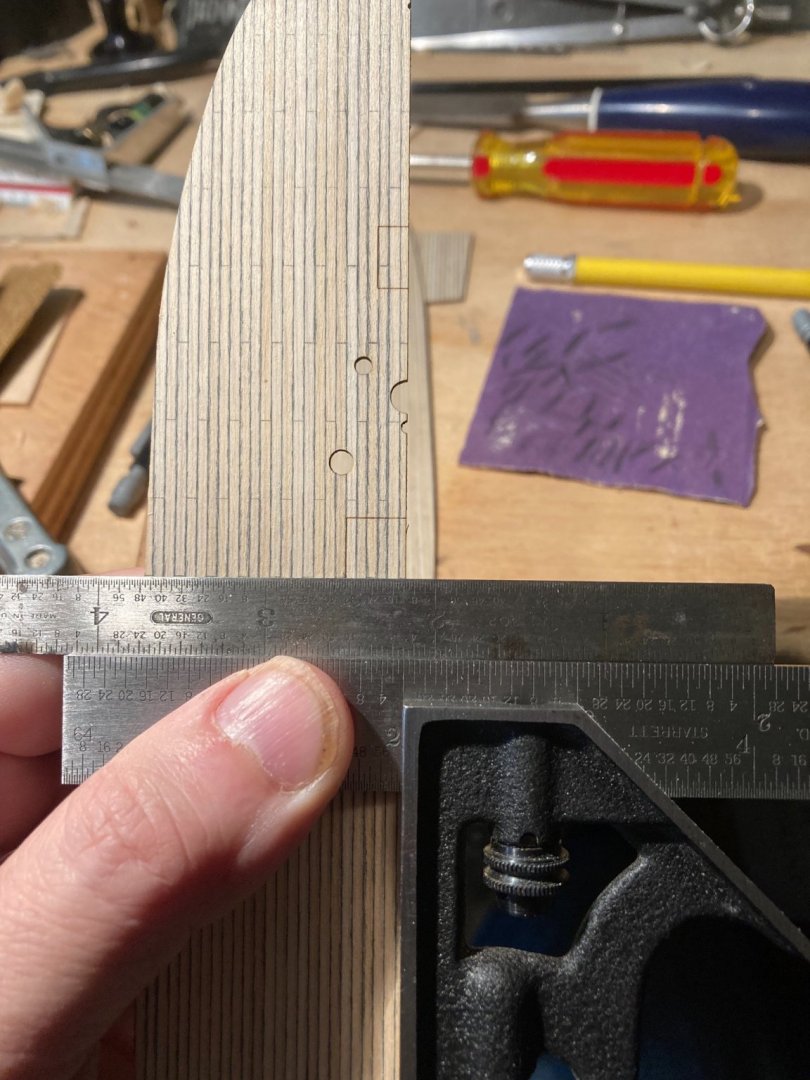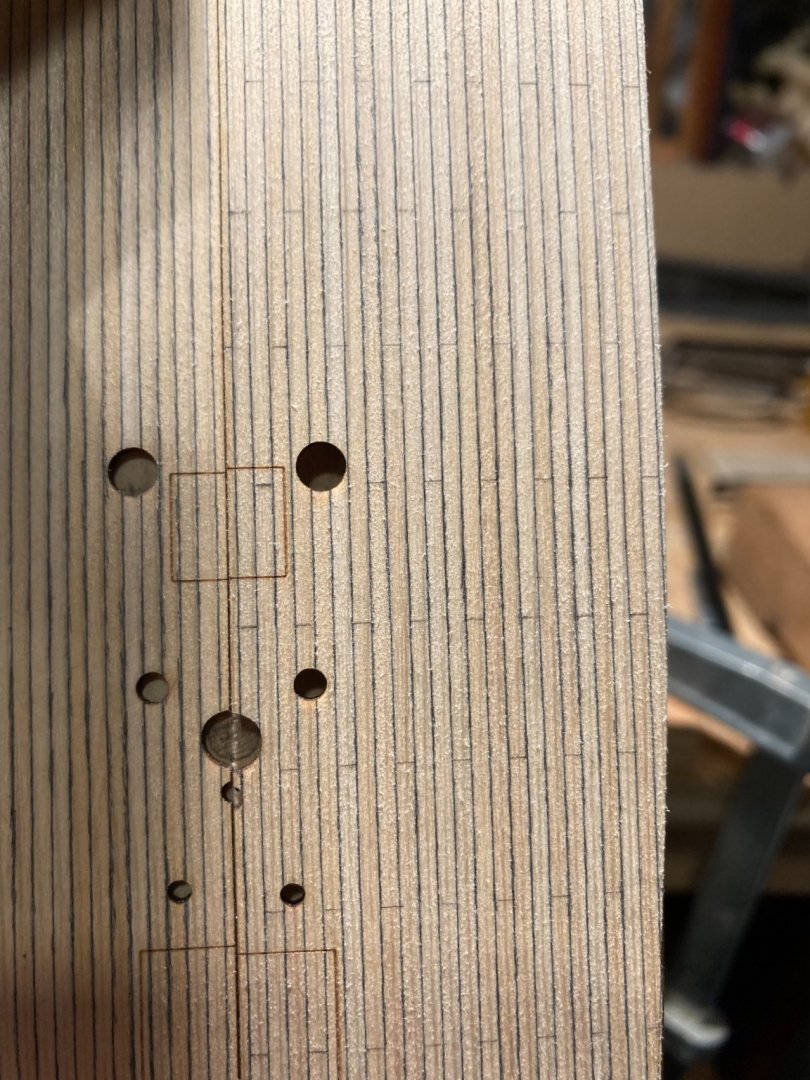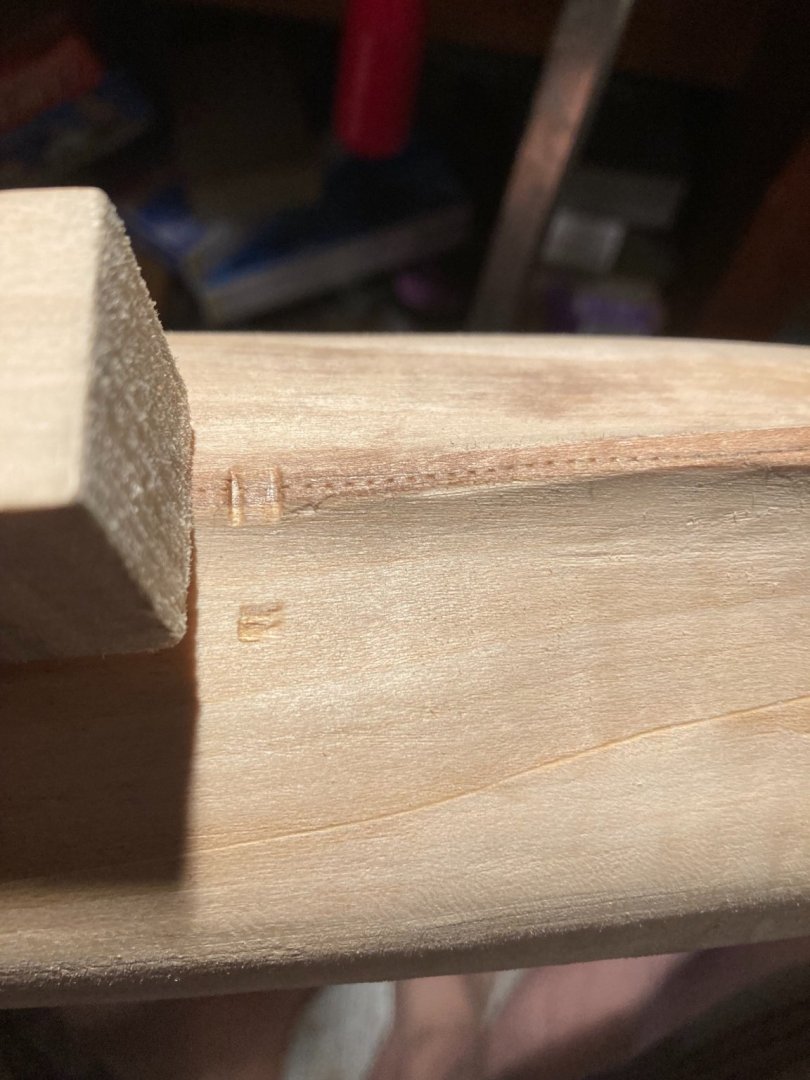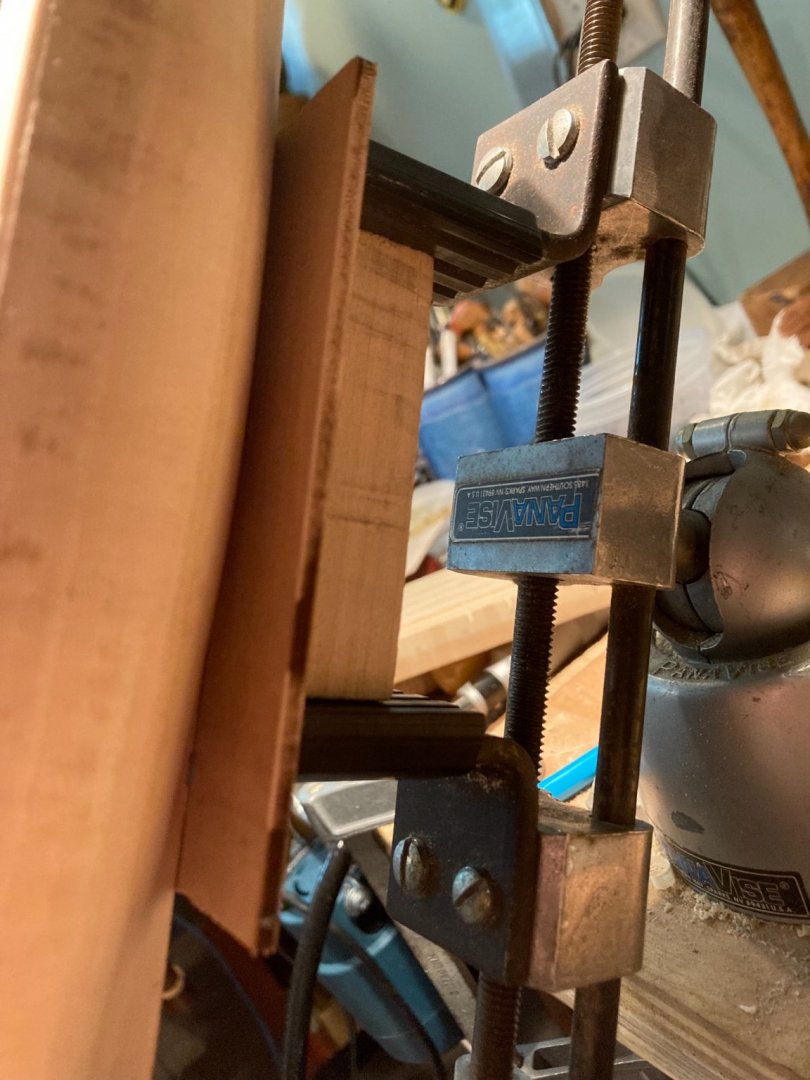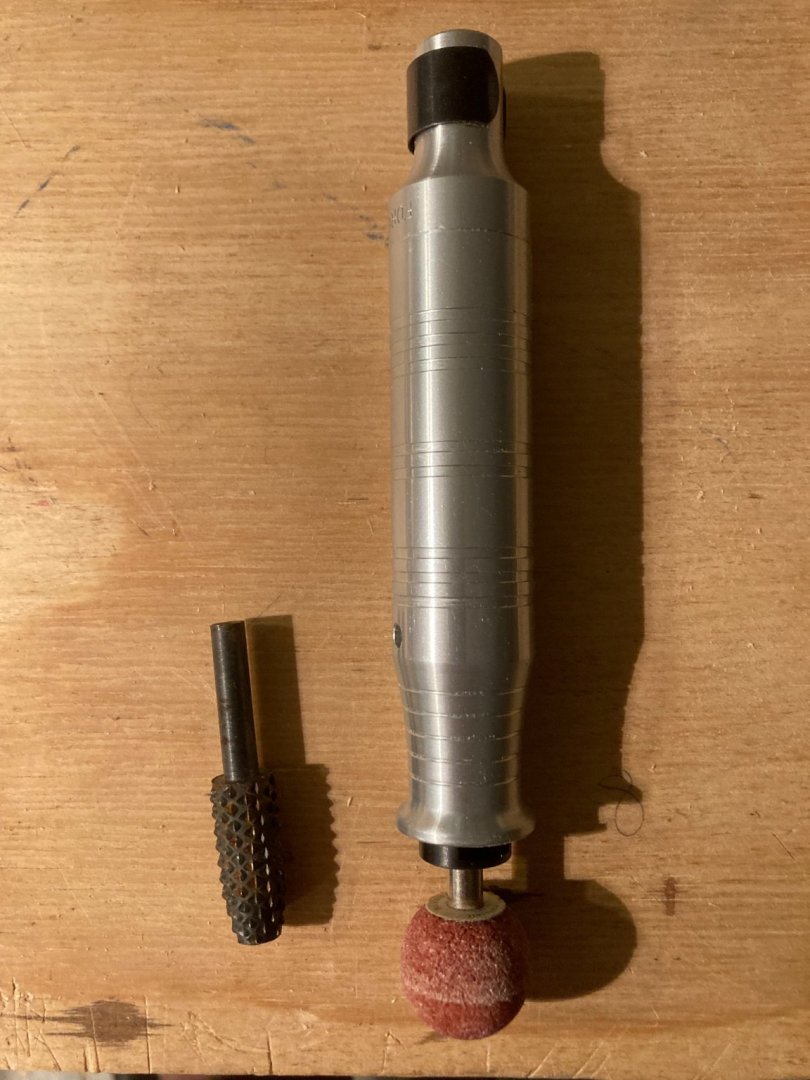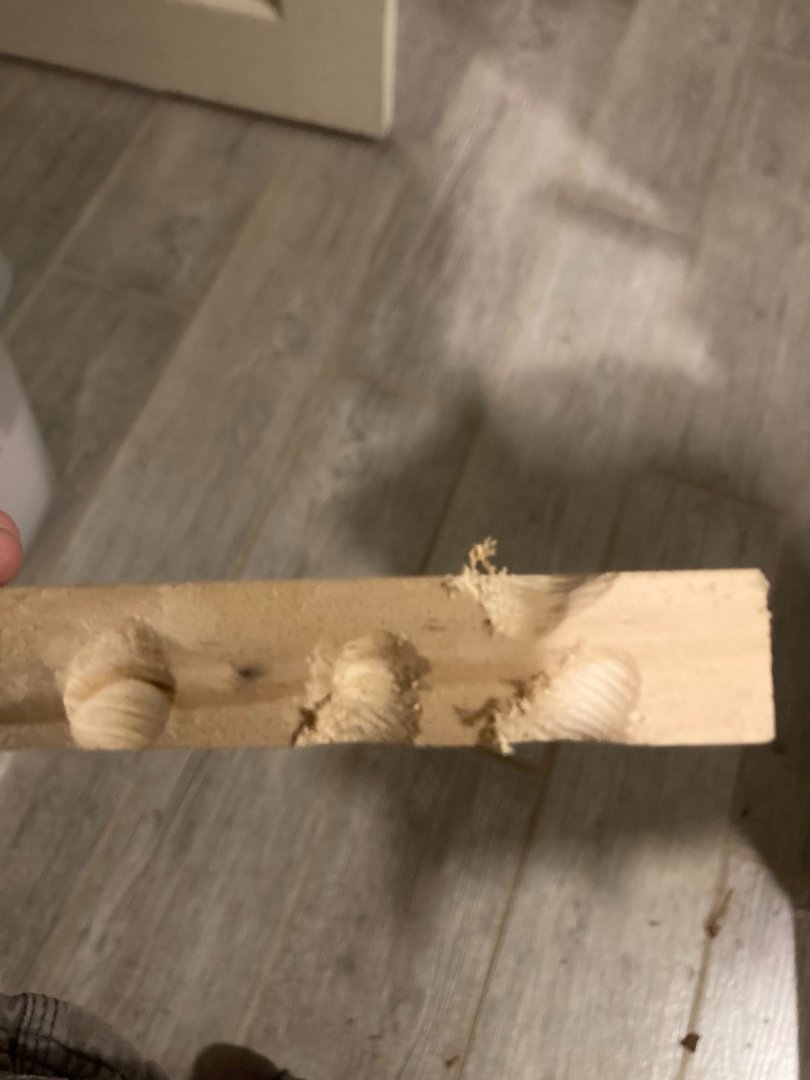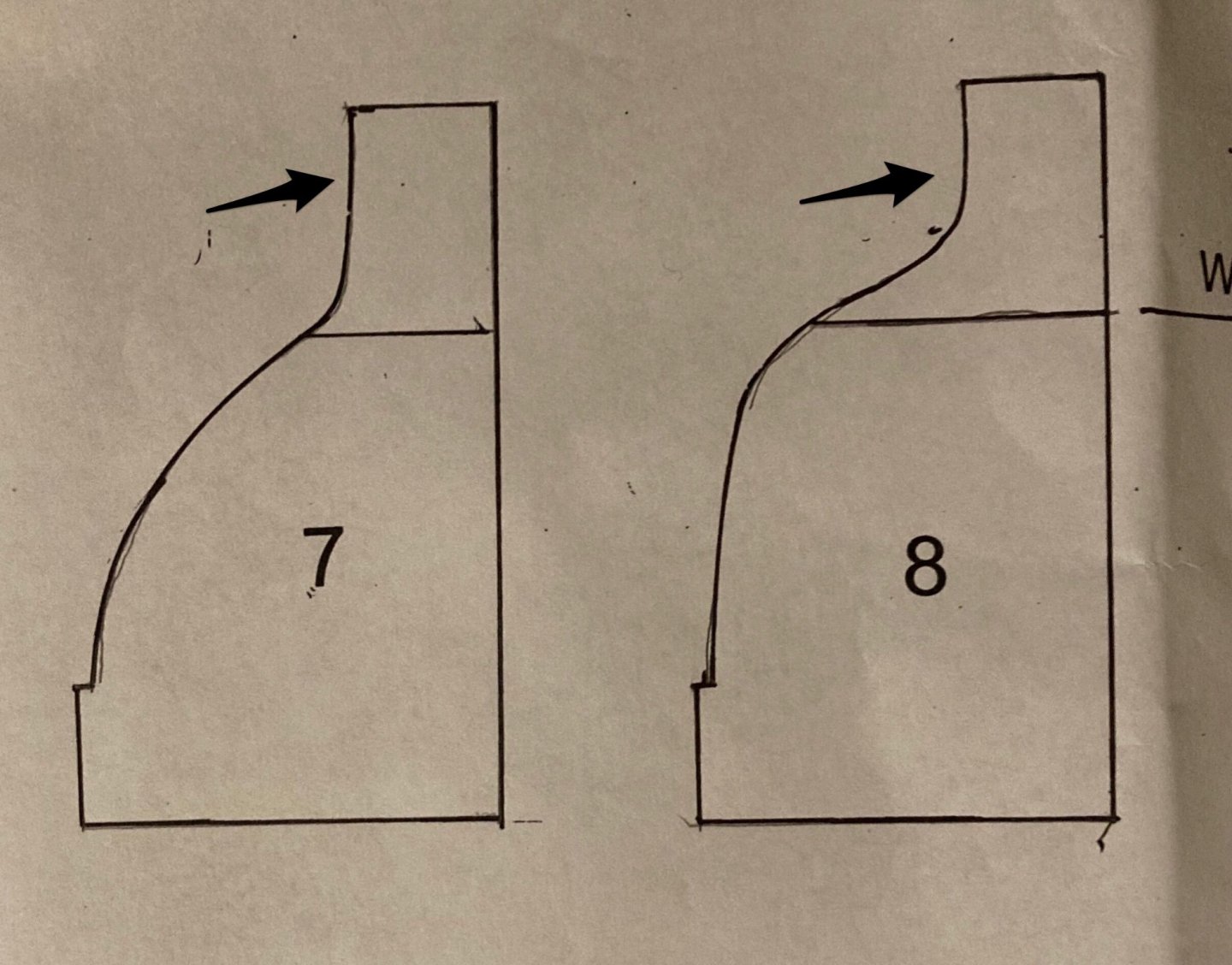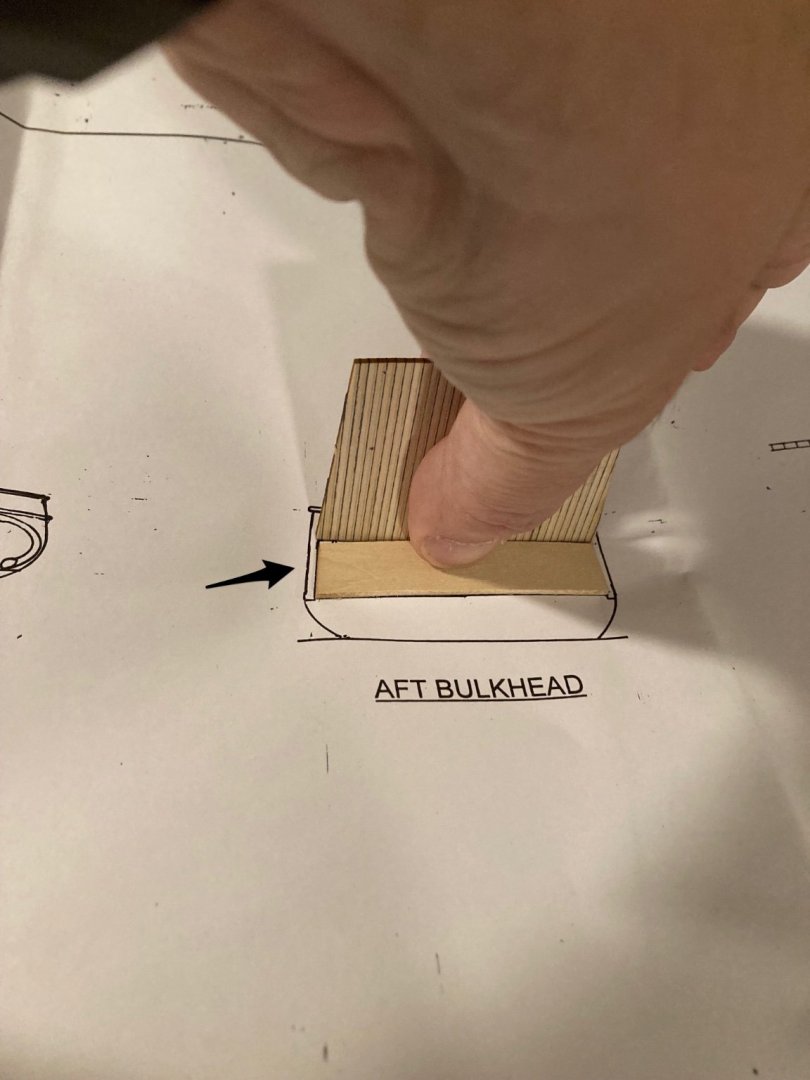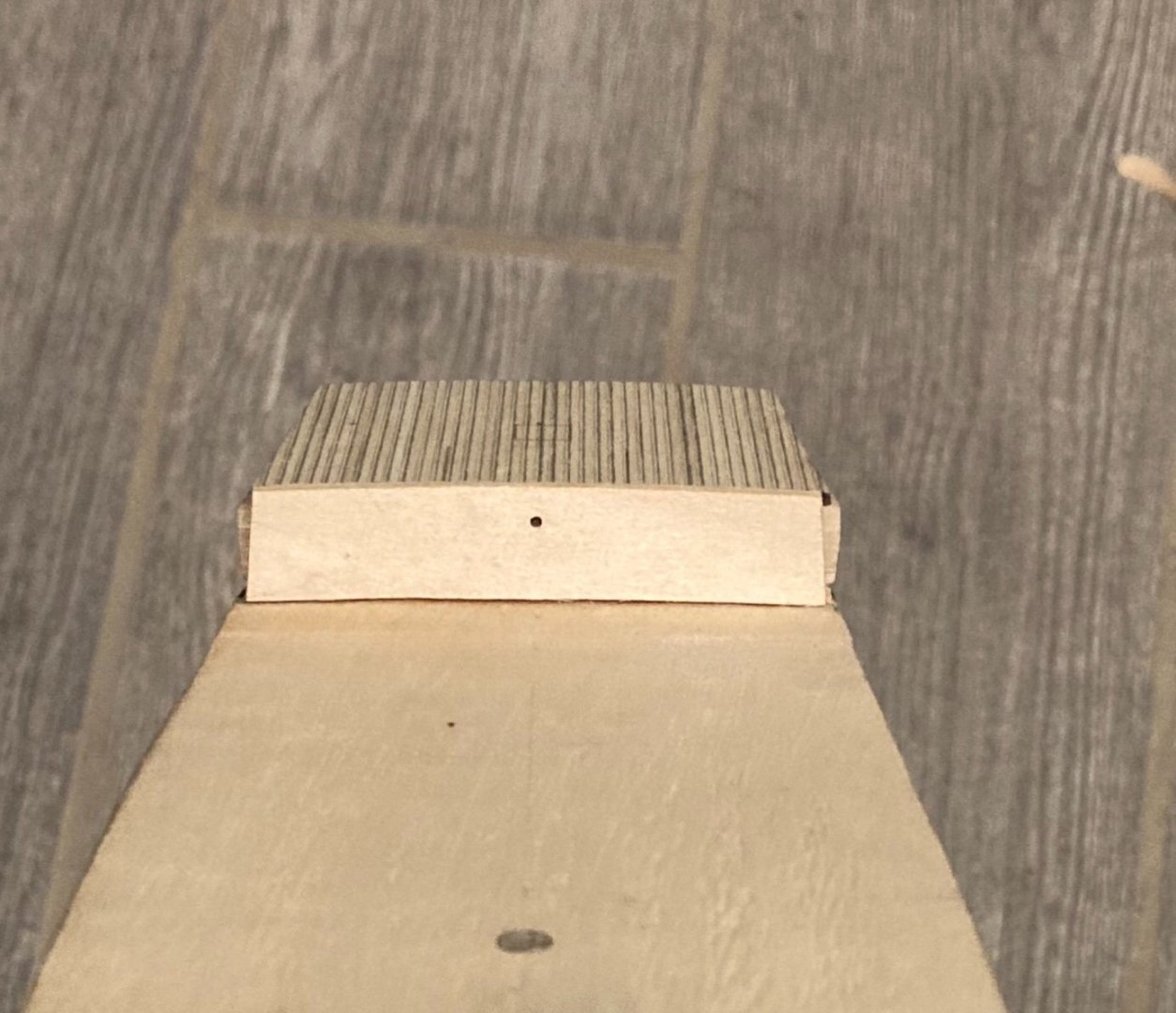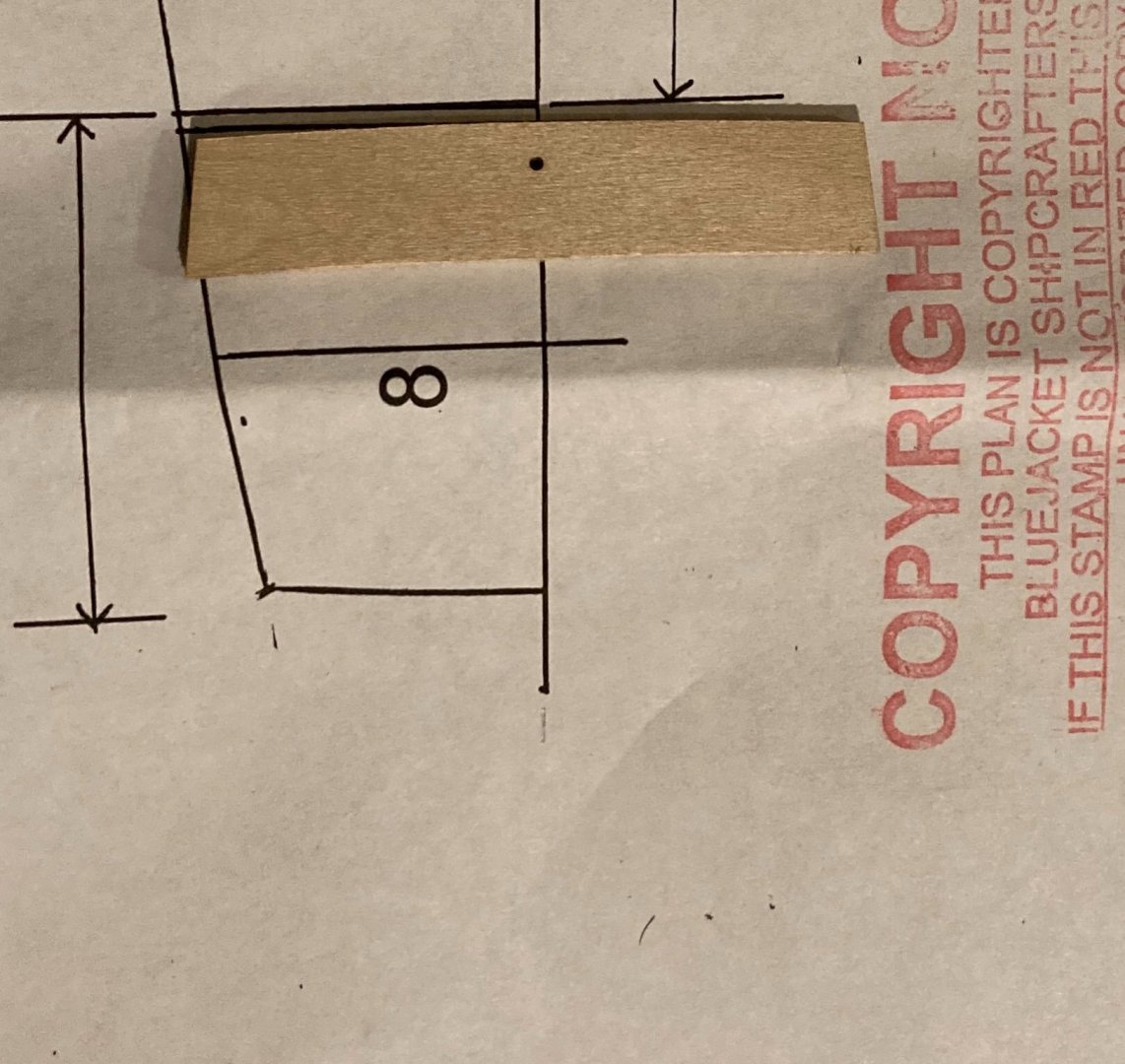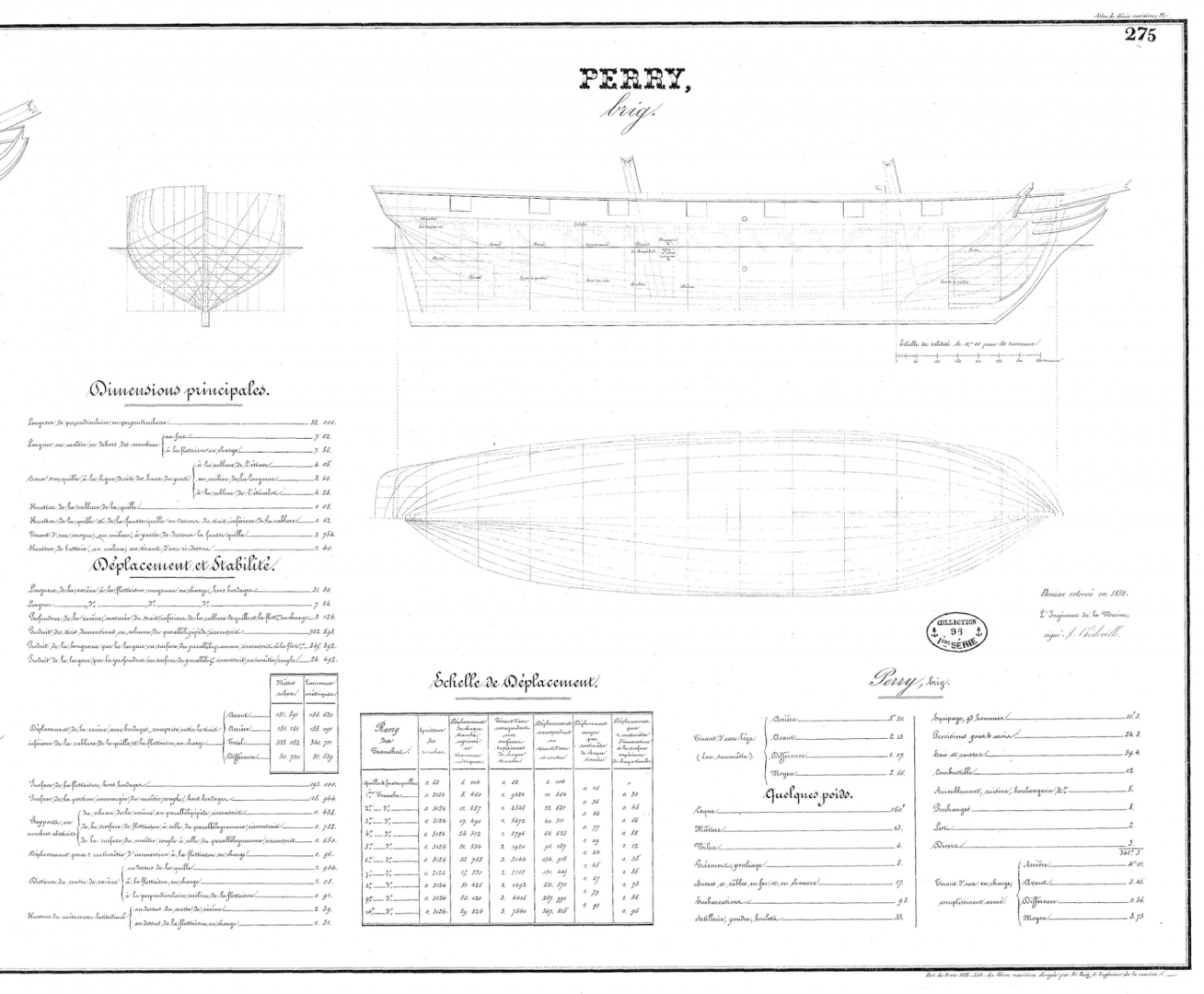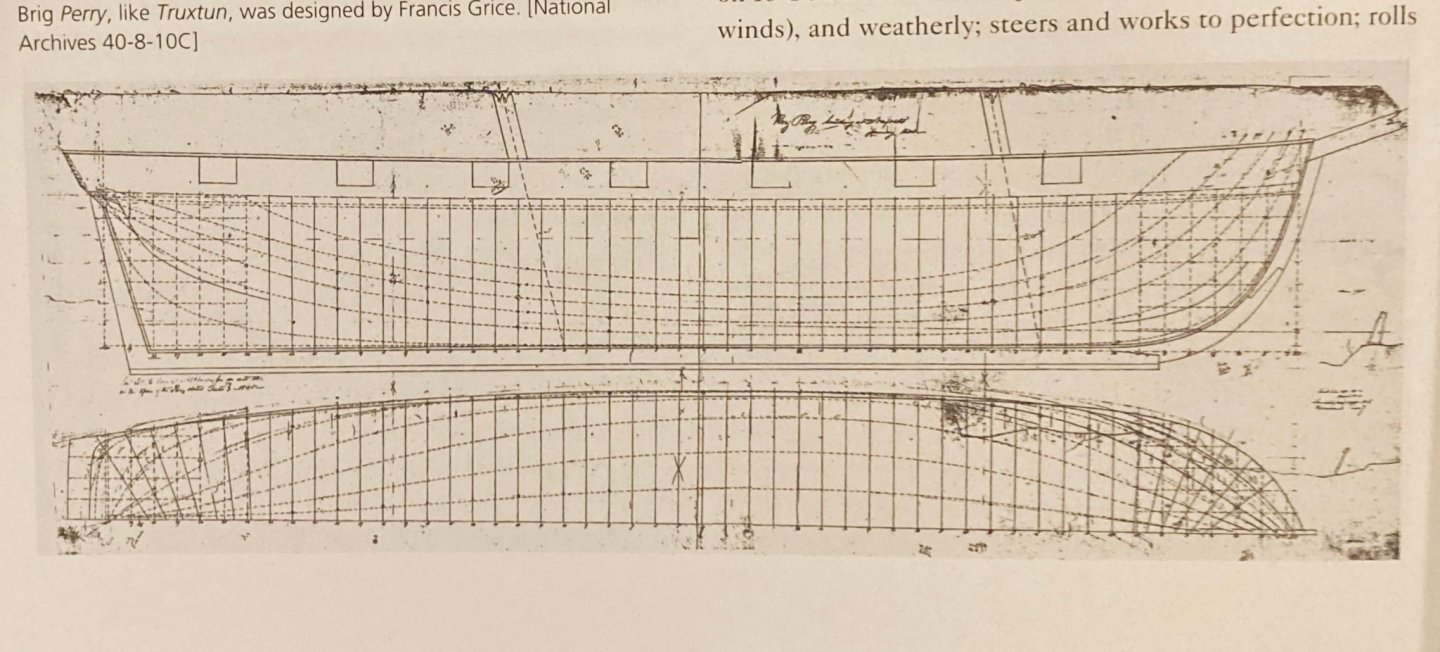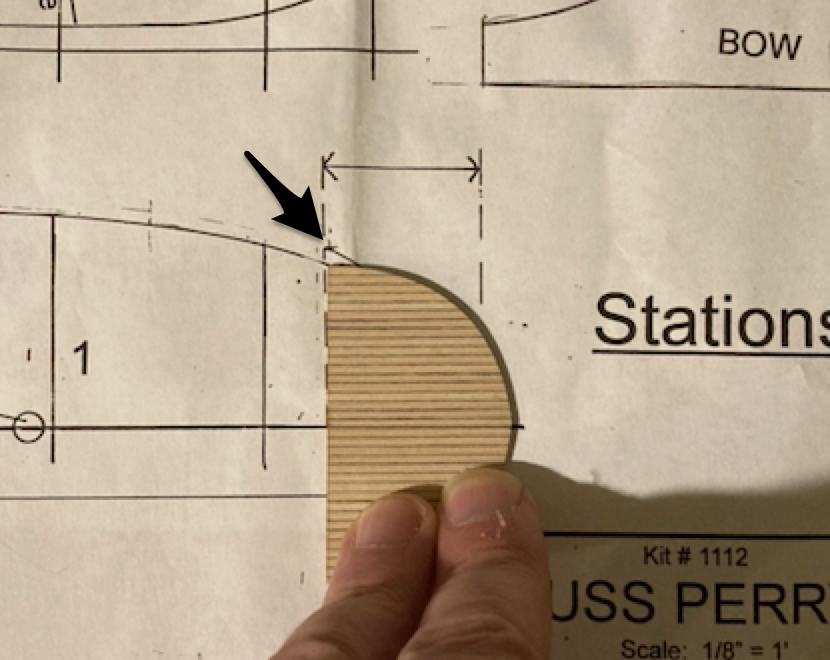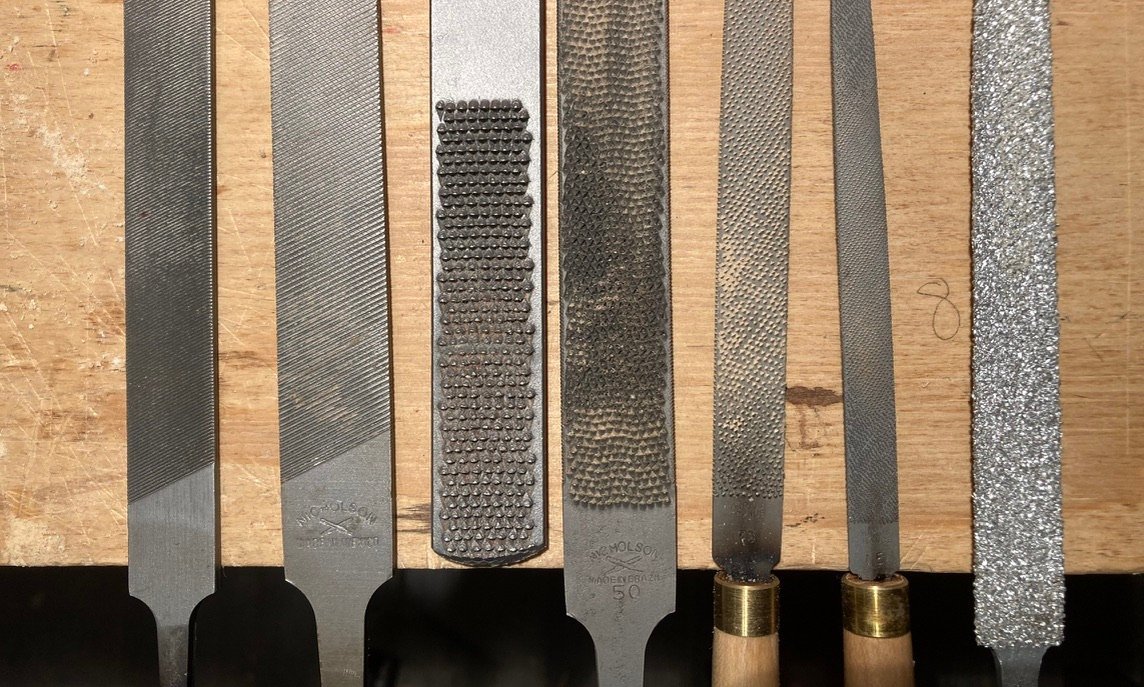-
Posts
986 -
Joined
-
Last visited
Content Type
Profiles
Forums
Gallery
Events
Everything posted by EricWilliamMarshall
-
Ha, that covers a lot of territory! But I think that is at the core of most of MSW as well.
- 2,696 replies
-
- heller
- soleil royal
-
(and 9 more)
Tagged with:
-
.thumb.jpeg.fc5d633a7b34428fcf19419a73d56d55.jpeg)
Tools described
EricWilliamMarshall replied to bruce d's topic in Modeling tools and Workshop Equipment
Also doubles a chisel - see also tools used convert small project to large. -
Thanks everyone for such an informative thread!
-
The crew in the video is new so the first order of business is to be synchronized. Form would come later. An eight man crew takes a month or two before proficient and longer to be competitive. (That’s based on my personal experience from the 1980’s.)
-
.thumb.jpeg.fc5d633a7b34428fcf19419a73d56d55.jpeg)
New Here--Suggestions for a beginner
EricWilliamMarshall replied to MIR's topic in New member Introductions
@Bob Cleek Shipways now has a series of models aimed at the beginner (not dissimilar to the old Midwest models of yore). The instructions are also posted for the curious. https://modelexpo-online.com/Model-Shipways-Shipwright-Series_c_815.html (I wish modelshipworld had a wiki or faq to capture some of the great wisdom of answers like yours in one spot!) To @MIR, I second Bob thoughts and a number of others here. If you have time read through a new user build logs and see how they progress and where they stumble. I’m just now in my third year of the hobby, take a look at my logs and you will see my frustrations and lack of knowledge, confidence and skills. But you will also see each project being more complex and closer to “real stuff” the amazes the eye here. I started with a plastic sailing ship, a wood boat with a very simple rig, a simple ship with a bit more rigging and a boat with a planked hull. Each a step up the ladder. Another fellow who started about the same time is @VTHokiEE who started simple and sprinted to the fully complex! Read his build logs. Also, as suggested before, read kit instructions if you can find them! Some will horrify and other will educate you! Most of the skills needed can be picked up quickly without too much fussing. (Mastering those skills is another story!) But if tasks overwhelm, frustration sets in and you stop. End of skill development. Personally I found having a kit a) with excellent instructions (they need to “wordy”, describing everything!) and b) is quick to build - is the way to go. The link I shared at the beginning of this post has models that I think fit the bill. Pick one of those models or something like that and build it! And if you get stuck, ask questions! The whole point of the suggestions here is many folks bite off more than they can chew the first time, so start by nibbling. -
@Hubac's Historian no rush! Honestly I wasn’t expecting an answer (though the question is real)! The aft bulkhead will get two doors and the ships wheel as per kit. I was wondering what wood was the original made of? It was most likely paneled and there would be a molding at the top. But I couldn’t say what the details might be. I was gifted rotary bits and a few hand held tools by a buddy of mine, Yasmine Gur (http://www.yasmingur.com/) when she closed up her workshop to move overseas this summer. There a few rasp bits and larger stone bits which match shapes used Foredom videos I mentioned earlier. So I got my hands on a Foredom hand-piece with. A 1/4” collet. It can attach to the cheap Harbor Freight rotary tools I recently acquired. So I was off to the races. It chews through wood quickly; so much so I suggest clamping wood to avoid mishap. Here is a picture of a bit of pine after a few seconds of contact!
-
Thanks everyone for the likes! While I don’t mind talking to myself, it’s nice to assume some audience. I think I follow the previous advice of @MrBlueJacket and assume the laser cut material is correct and trumps the variation in the plans. However that then raises the issue of curve of the deck front to back vs. side to side: both curve and wood can’t curve both ways. Perhaps a touch of thinning the deck on the side to suggest the correct curve. Not sure yet. I’m looking for references regarding what the details of a 1840’s naval brig might look like and not finding much. Anyone have some ideas they would like to share?
-
Another small variance in the plans for quarter deck and rear of the hull. The profiles for shaping the hull show straight rise up from the waterline, but the laser cut pieces and the plan of the aft bulkhead show an inner-ward taper. I followed the sections and I’m now at variance with the laser cut parts as you can see below.
-
I have found a couple other plans for the hull of the Perry: The first is from the National Archives - I found it in the book Sailing Warships of the US Navy by Donald Canney. (The image is used under Fair Use; copyright retained by Donald L. Cannery 2001). The second is from the collection of Atlas du Genie Maritime (link to the wayback machine's copy of the image from the French government: https://web.archive.org/web/20120113075641/http://www.servicehistorique.sga.defense.gouv.fr/medias/planbato/GM05PL0275.tif) I wonder if the later date of the French plan reflects lines lifted at a later date from the ship or merely a new drawing of an earlier set.
-
Meanwhile back the model: I'm thinking about the deck's color and finish. That needs to be addressed before I permanently add the decks. The laser cut forecastle deck differs in shape to the part of the solid-wood hull I've been whittling away at. While I assume it is my silliness, I do see this in the plans: I can add bit of wood to either side or cut new one from the 'waste' wood that the decks came with. I'm guessing it might be covered by the waterways (or what I presume are the waterways).
-
While I couldn't think of a reasonable 'bake-off' regarding the topic of rasps, it did occur to me how I could share some information. I photographed a selection of rasps, then of a piece of pine with 2 pulls of each rasp photographed with a raking light to show how well they cut and the marks they leave. The last photo is three pulls using the side of the rasps to cut in. Our contestants from left to right: 1) Fine file (yes, not a rasp) - generic 2) Bastard file - Nicholson 3) a 'four of a kind' combo rasp/file - cheap from a box store 4) the aforementioned Nicholson #50 5) Auriou 175mm/7" Modeller's Rasp 6) Auriou 150mm/6" Modeller's Rasp 7) a carbide abrasive rasp of unknown origin
About us
Modelshipworld - Advancing Ship Modeling through Research
SSL Secured
Your security is important for us so this Website is SSL-Secured
NRG Mailing Address
Nautical Research Guild
237 South Lincoln Street
Westmont IL, 60559-1917
Model Ship World ® and the MSW logo are Registered Trademarks, and belong to the Nautical Research Guild (United States Patent and Trademark Office: No. 6,929,264 & No. 6,929,274, registered Dec. 20, 2022)
Helpful Links
About the NRG
If you enjoy building ship models that are historically accurate as well as beautiful, then The Nautical Research Guild (NRG) is just right for you.
The Guild is a non-profit educational organization whose mission is to “Advance Ship Modeling Through Research”. We provide support to our members in their efforts to raise the quality of their model ships.
The Nautical Research Guild has published our world-renowned quarterly magazine, The Nautical Research Journal, since 1955. The pages of the Journal are full of articles by accomplished ship modelers who show you how they create those exquisite details on their models, and by maritime historians who show you the correct details to build. The Journal is available in both print and digital editions. Go to the NRG web site (www.thenrg.org) to download a complimentary digital copy of the Journal. The NRG also publishes plan sets, books and compilations of back issues of the Journal and the former Ships in Scale and Model Ship Builder magazines.



